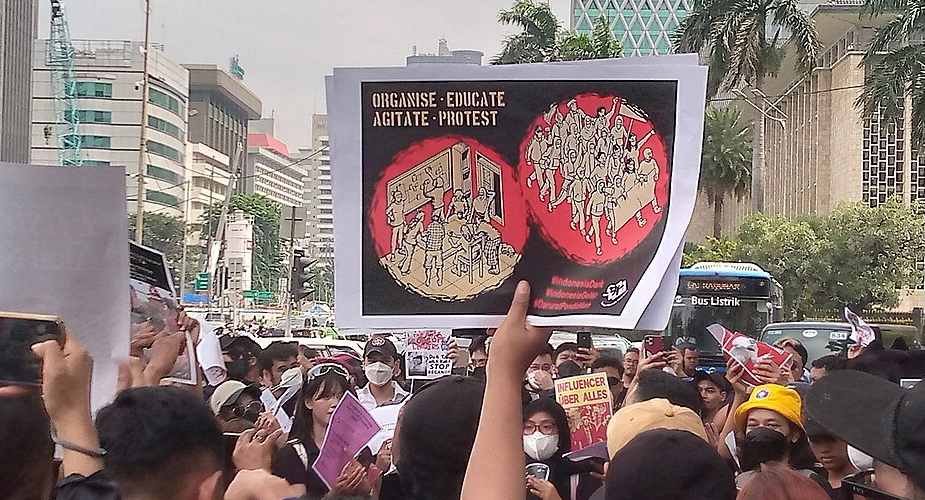Tomas Tomascik, Annmarie Janice Mah, Anugerah Nontji & Mohammad Kasim Moosa, The ecology of the Indonesian seas, Singapore: Periplus, part I (ISBN 962- 593-078-7, 642pp), part II (ISBN 962-593-163-5, 745pp).
Reviewed by IAN DUTTON
The long-awaited 'wet' additions to the Ecology of Indonesia series, published under the Environmental Management in Indonesia program of the Canadian Development Agency in partnership with the Indonesian Ministry of the Environment, arrived in Jakarta bookstores late in 1997. That they were well worth waiting for is evidenced by the difficulty many of us experienced when we returned to those stores to obtain second and third copies as gifts during the recent festive season. 'I'm sorry sir, but you will have to wait until new stocks arrive' was often the response of bookstore employees intrigued why anyone could want to buy two books that look more like door stops than a good read!
As anyone who has endured the experience of trying to locate information on the marine and coastal resources of Indonesia will appreciate, these books are much more than a good read. They are indispensable guides to the treasure house of Indonesia's marine estate. Both volumes are of immediate relevance to the rapidly emerging national interest in managing these resources. They are essential for anyone who shares that interest.
Under the leadership of Dr Tomascik, the four distinguished authors and other expert contributors have produced a single book that had to be divided into two parts. Part One begins by introducing the geology and oceanography of Indonesia's seas, before moving on to a series of chapters on coral reefs and the environmental factors that sustain them.
The emphasis on coral reefs is appropriate. Indonesia is a global centre for marine biodiversity. Their current parlous state is due to ignorance, over-exploitation and lack of management attention. It is especially appropriate that such a comprehensive analysis of the world's most diverse and extensive reefs first appeared in the International Year of the Coral Reef (1997).
Part Two begins with more reviews of specific reef types and then diversifies into reviews of seagrass, mangrove and pelagic systems. The book concludes with a timely analysis of threats to marine and coastal resources, integrated coastal zone management needs and possible approaches.
Numerous case studies, maps, diagrams and photographs help break up the text. The index and bibliography are comprehensive.
Despite the writers' obvious efforts to express complex concepts simply, non-native English speakers and especially non- scientists will find much of the text hard going. Hopefully, researchers and managers will now go to work to make its vast store of knowledge more readily available to decision makers, resource users (including developers), and the Indonesian coastal community whose lives depend on maintaining healthy seas. This work will then have achieved its truly remarkable potential.
Ian Dutton, an Australian, works with the Coastal Resources Management Project in Jakarta.











